Welcome To Little Tibet, Welcome To Ladakh, Welcome To Leh.
Getting to Leh involves one of the most adventurous trips in the world: a journey across the fantastic Leh-Manali Highway. Or you can simply hop on a plane, although that’s not only boring, but also involves a lot of adjustment time due to altitude sickness. The decision was easy for us, we were up for an adventure and after a two day trip (479 kilometers from Manali) across the Himalayas, we arrived in the beautiful town of Leh – exhausted, tired and with a headache.
The Capital Of Ladakh.
Leh lies at an altitude of 3.524 metres and due to the strong influence of Tibetan Buddhism, the city is also known as Little Tibet or the Land of Lamas. Although not as high as some of the passes across the Leh-Manali Highway, the atmosphere and especially the sky is exceptional. You’re closer to heaven and not only can you see, but feel it! Leh radiates something I can’t quite nail down. Something peaceful and mysterious at the same time. We felt like staying in an old western town with a gold-rush mood… the next three days would let us explore this amazing town and the beautiful surrounding Gompas.
Religious Tolerance And Respect For Cultures.
Even today the Jammu and Kashmir region is often in the news due to religious clashes. The dispute actually dates back to August 1947, when the partition of the Indian sub-continent led to the formation of India and Pakistan. Because of its location, Kashmir could choose to join either India or Pakistan. The ruler of Kashmir, Maharaja Hari Singh, was Hindu while the majority of the population were Muslims, therefore he wasn’t able to decide whether Kashmir should join India or Pakistan. In the end, Kashmir remained neutral. But his hopes of independence only lasted until October 1947, when Pakistan sent in Muslim tribesmen to Srinagar. The Maharaja then appealed to the Indian government for military assistance. In return, he signed the Instrument of Accession, which stated that Kashmir would join India on October 26, 1947, with a portion of it having passed to Pakistan’s control.
Since 1947, India and Pakistan have fought three wars and only this January, thousands of civilians have fled their homes, due to the clashes along the 200-kilometre stretch of the border. It’s unclear for how long this battle will continue.
But on the brighter side, Leh radiated a sense of calmness. At least we had that feeling. Here you can hear the muezzin, as well as the buddhists chantings. You’ll come across mosques, before passing a Tibetian prayer wheel. The architecture in the town also shows both Buddhist and Muslim styles. So what is it, that makes it possible for Muslims and Buddhists to leave peacefully side by side? Whether this is just the calm before the storm remains a mystery…
The Himalayas Lie At Your Feet.
Leh isn’t very big and most parts can be navigated on foot – which is the best way to explore any city anyway. There are many excellent guesthouses and mid-range hotels to choose from, as well as numerous restaurants serving great Indian, Tibetan and Western food. Best food place in town is definitely World Garden Cafe, where we actually ate something after three days of crackers and rice (it’s not India without a little vomiting). The most dominant structure is definitely Leh Palace built in the same style as the Potala Palace in Lhasa, Tibet. But also worth a visit is Shanti Stupa and Namgyal Tsemo Gompa. This monastery is the highest point in Leh with a fantastic birds eye view of the city. But be aware that if you’re still struggling with altitude sickness, the additional 200 metres can become a real challenge…
From just about everywhere in Leh, you can see a sweeping panoramic view of the Himalayas rising above town. Maybe it’s the vibes of these great mountains that make Leh such an incredible place!
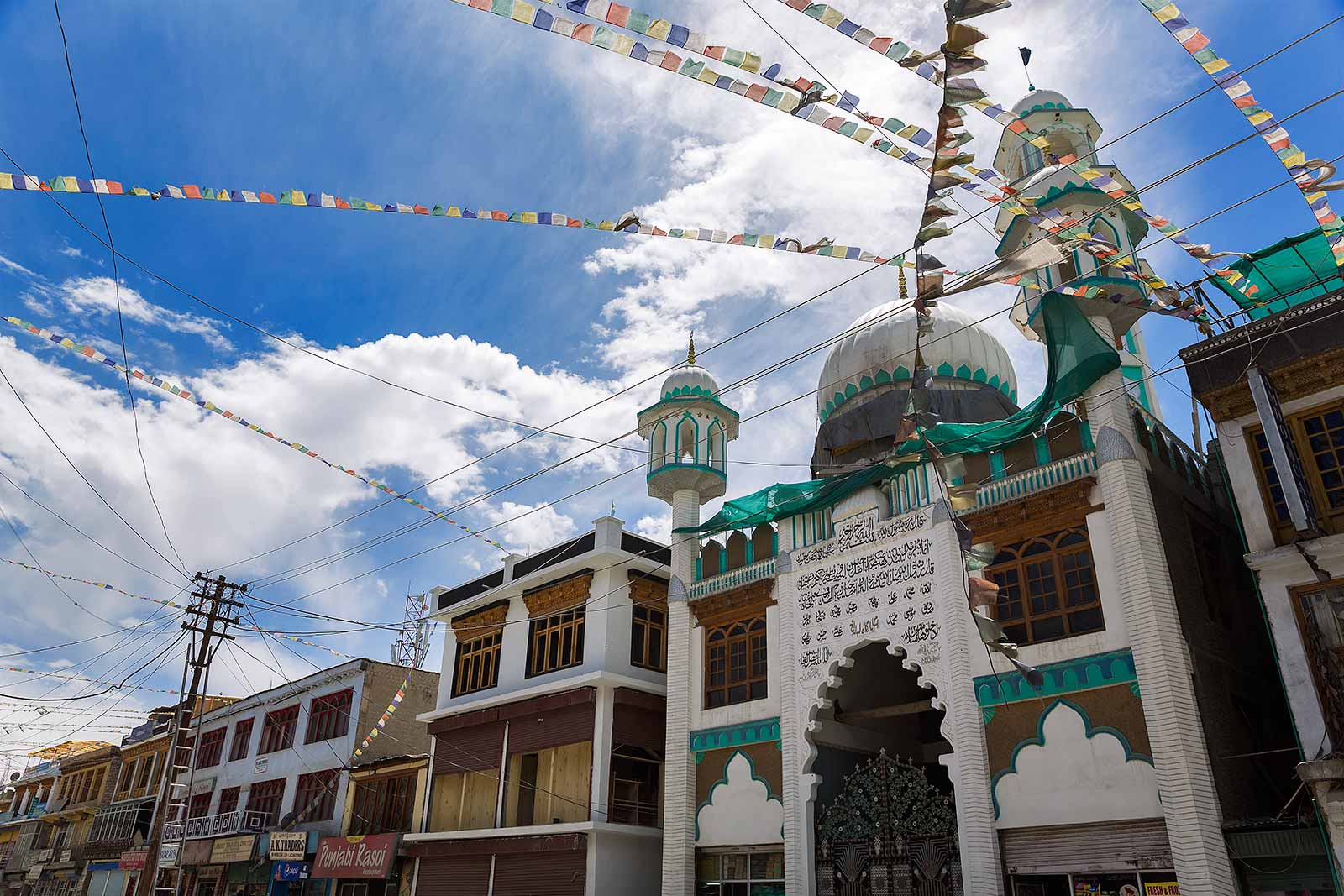
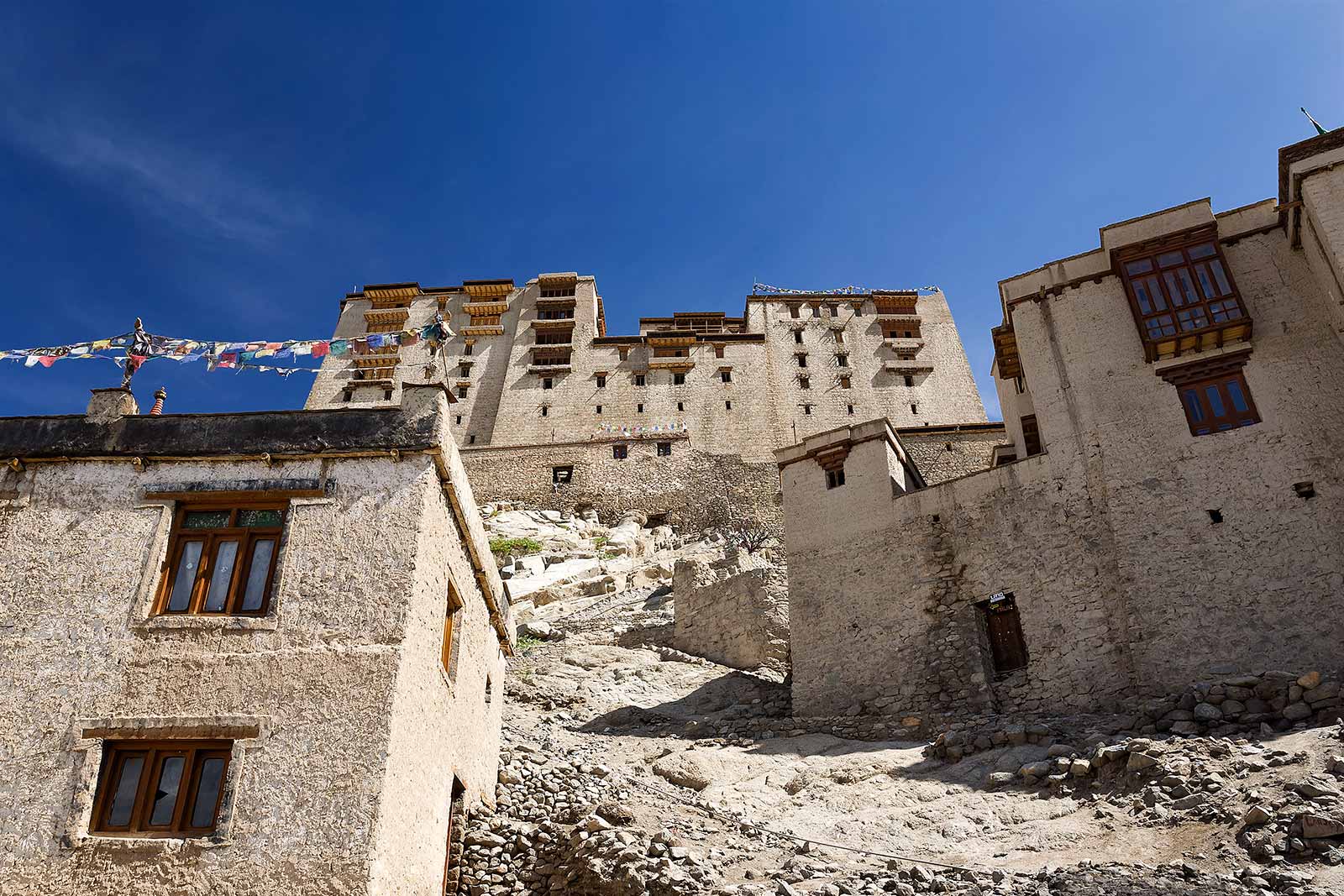
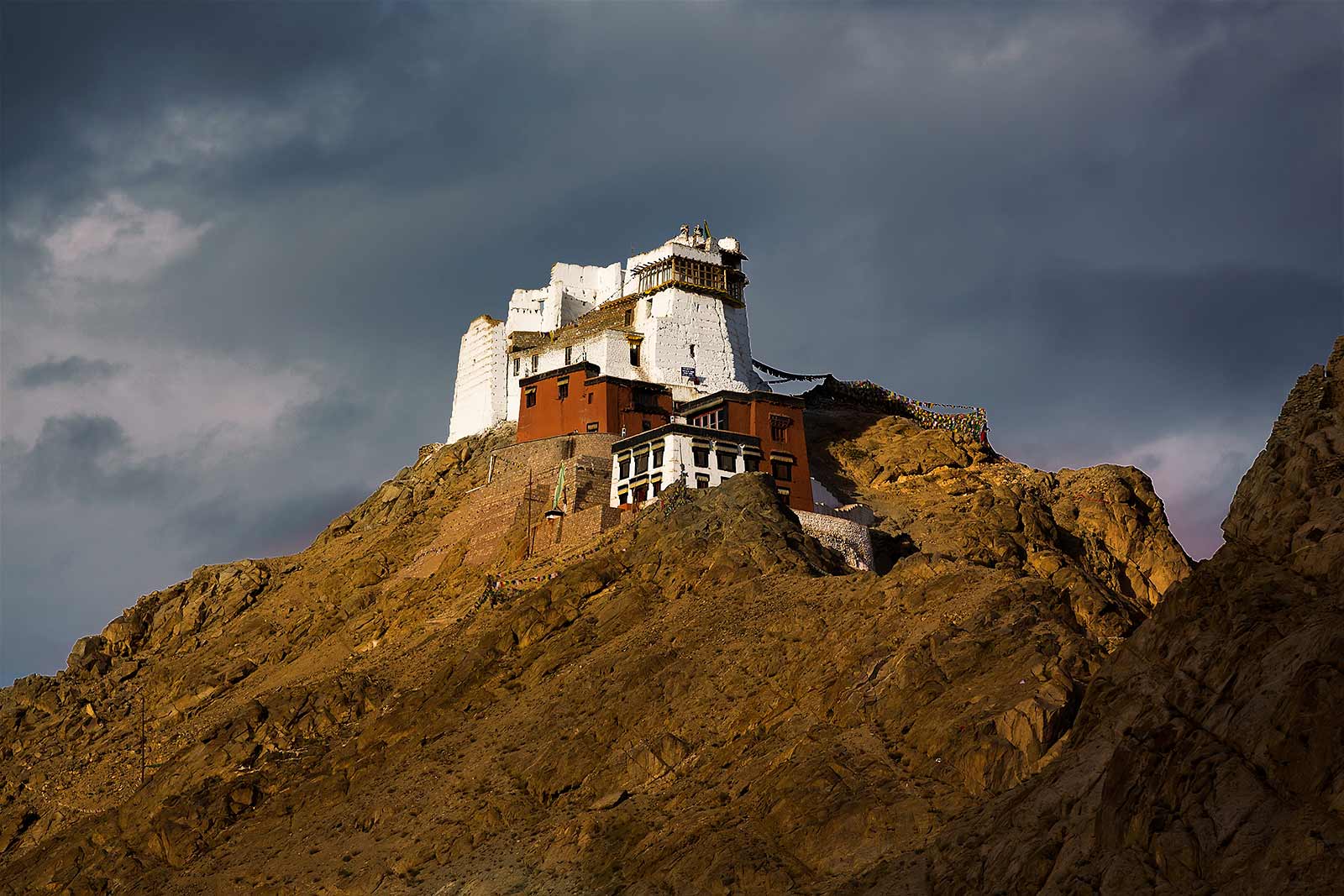
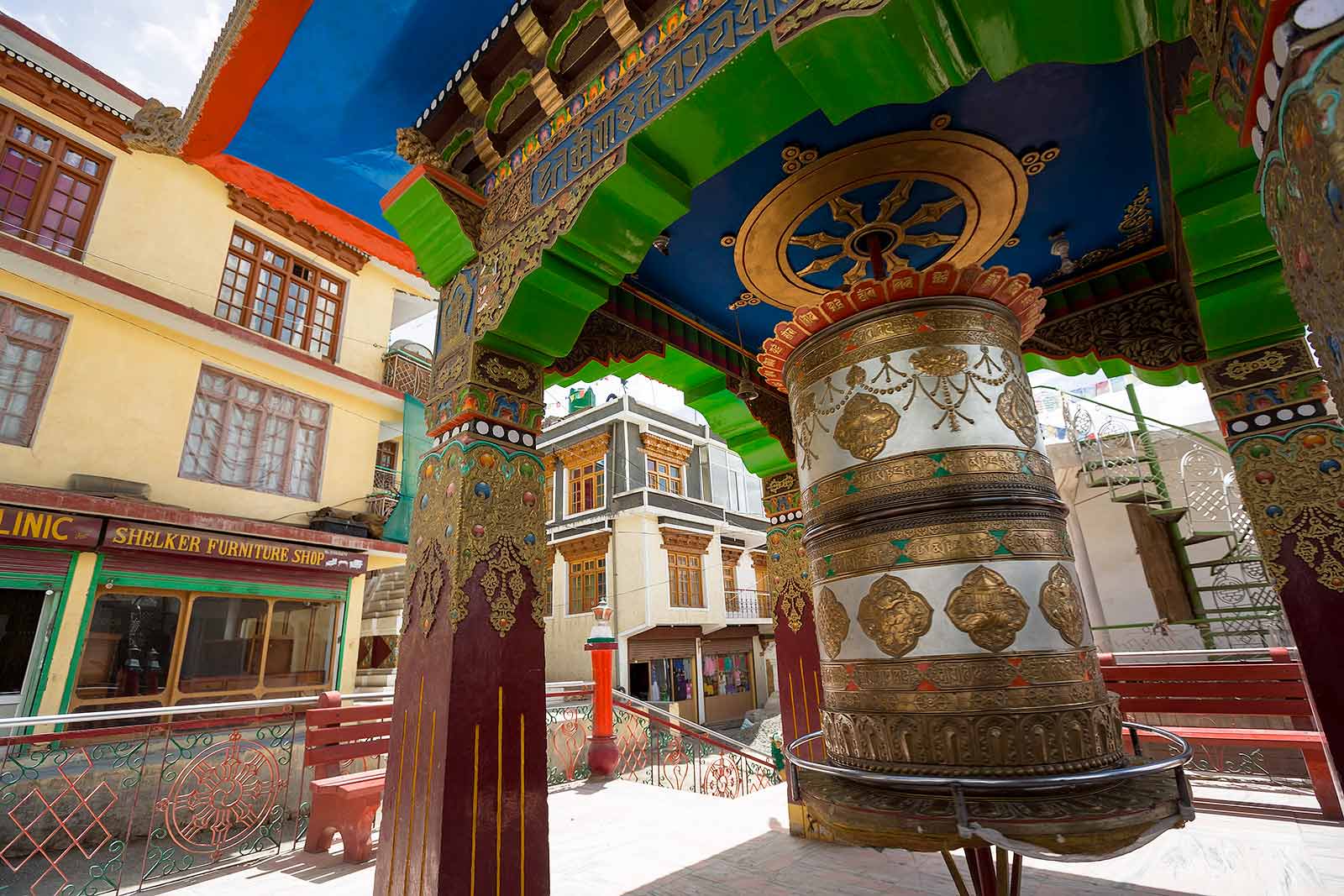
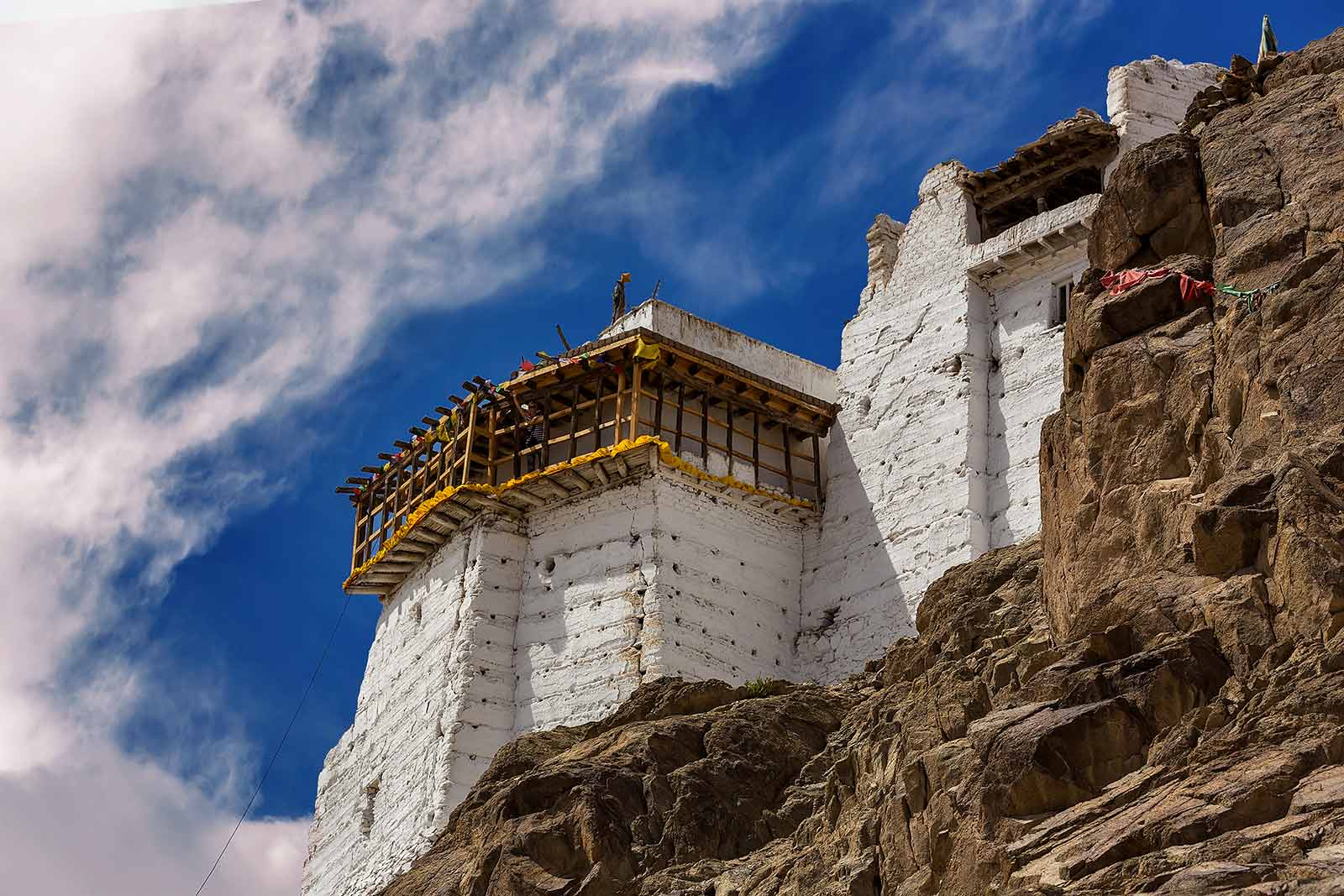
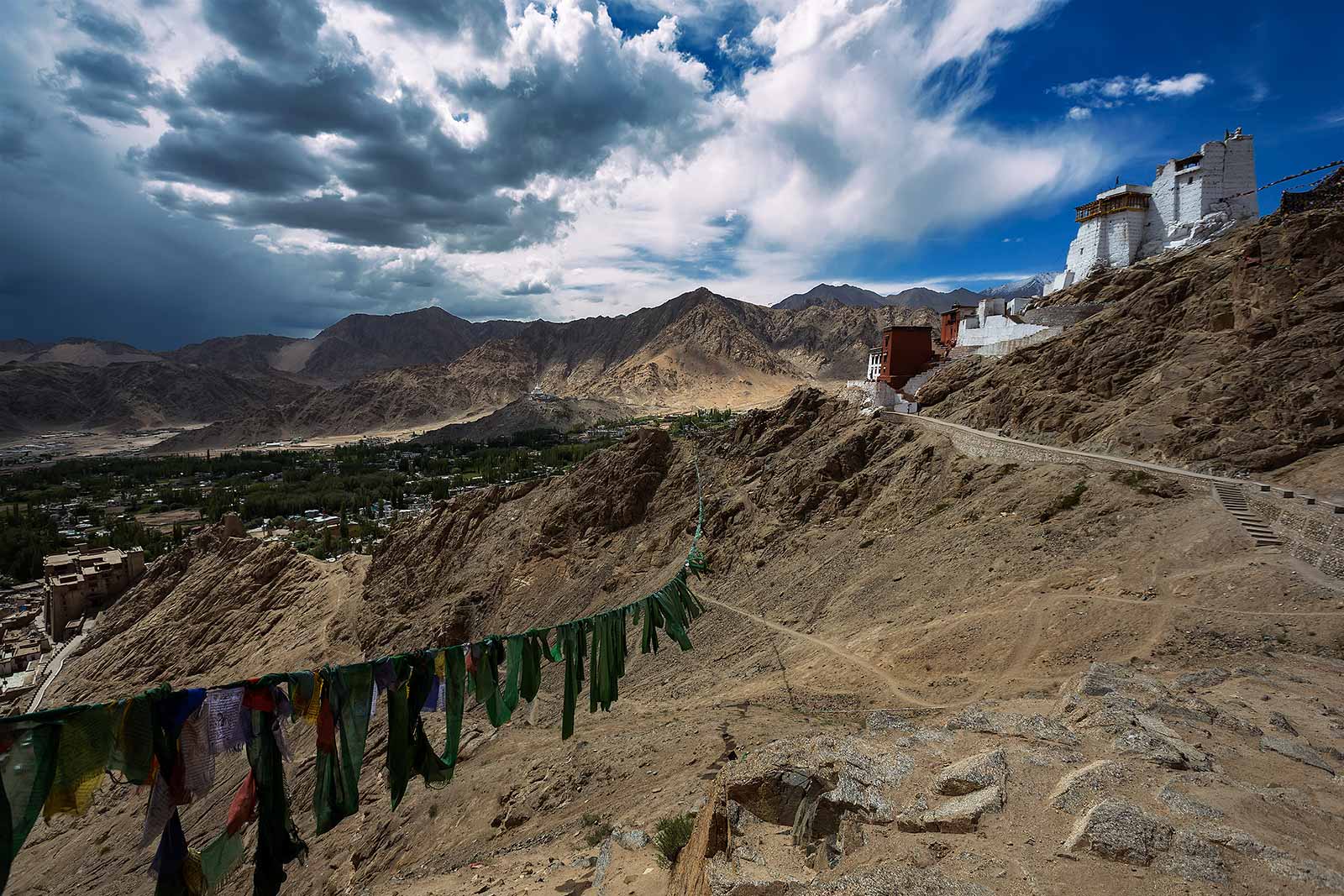
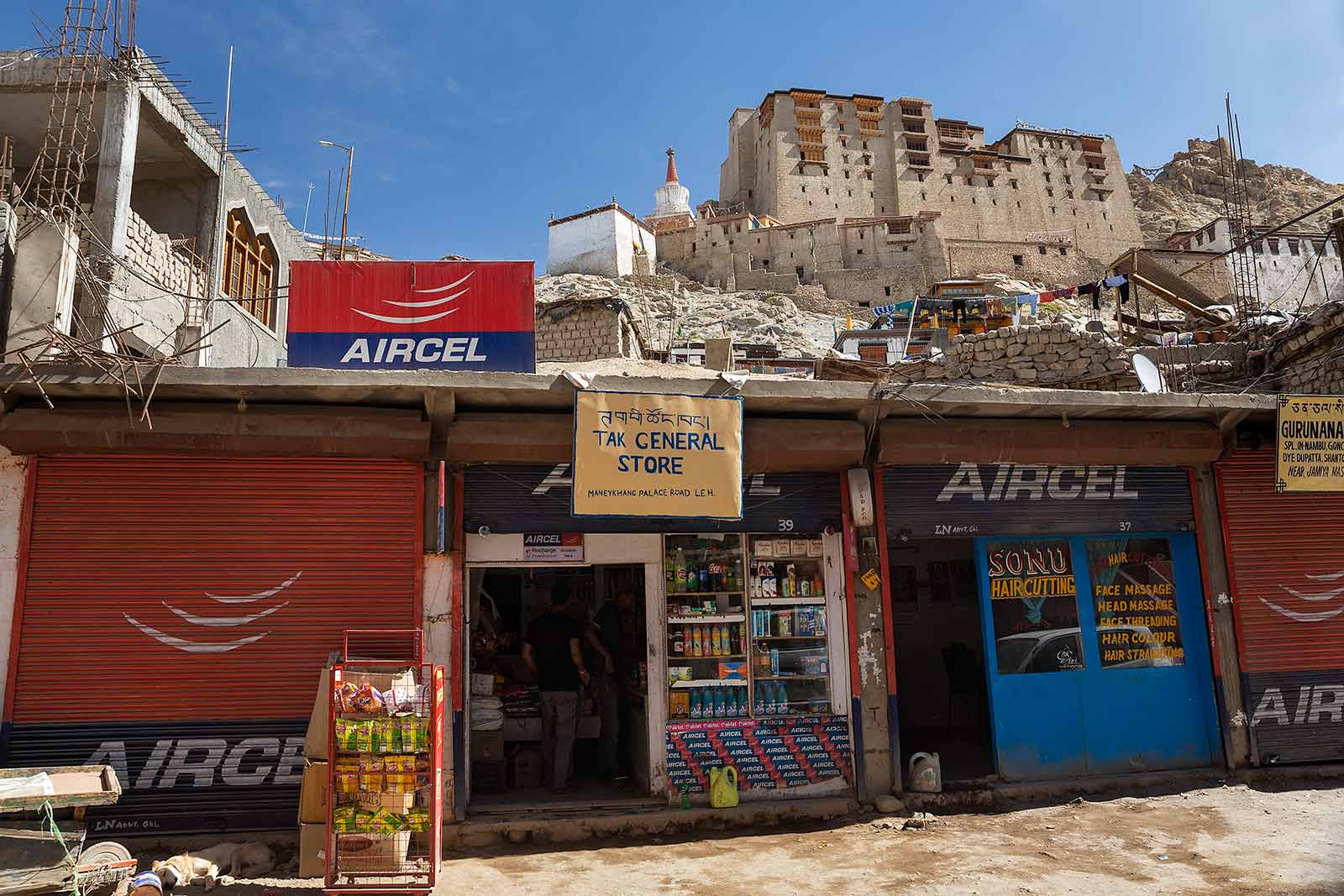
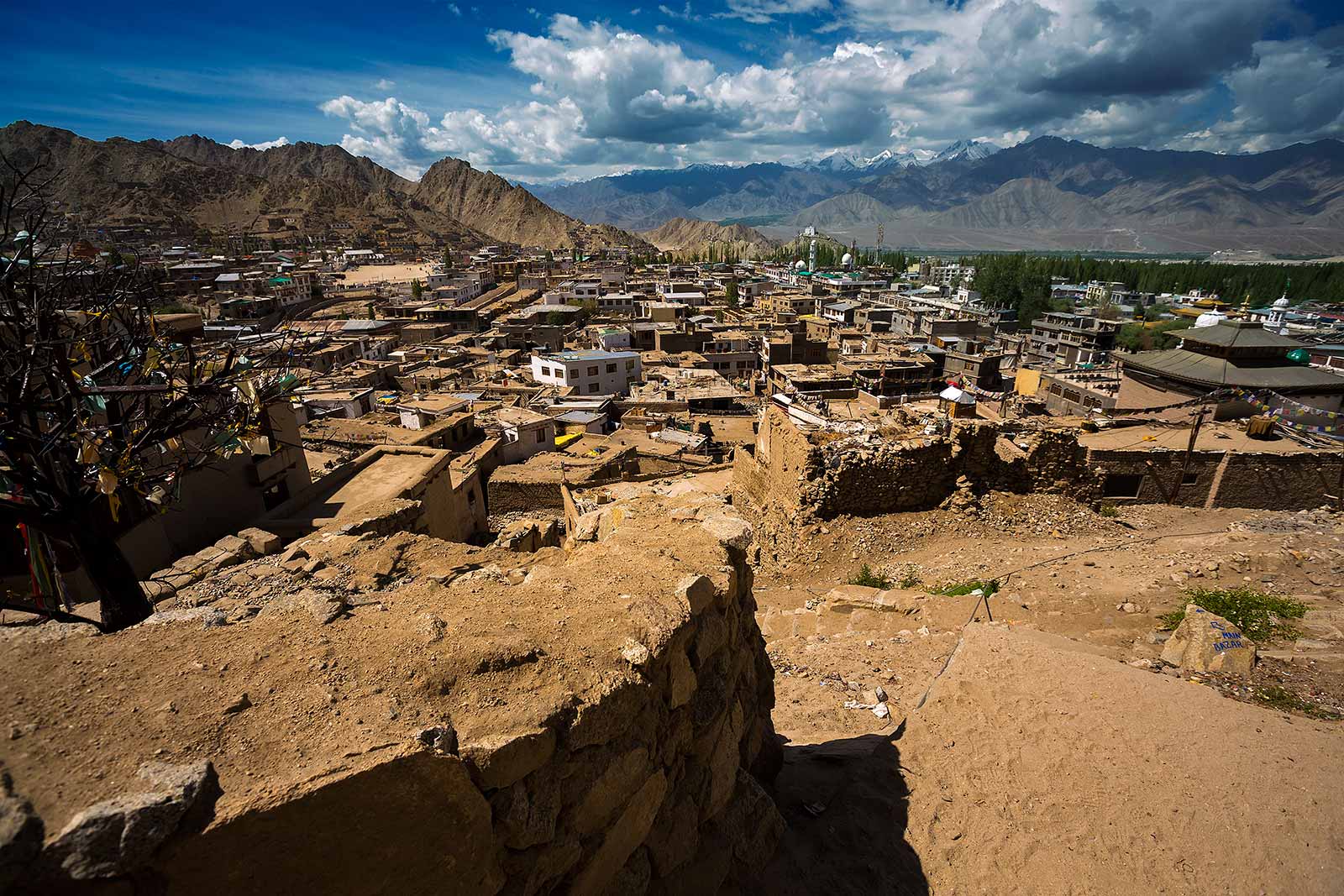
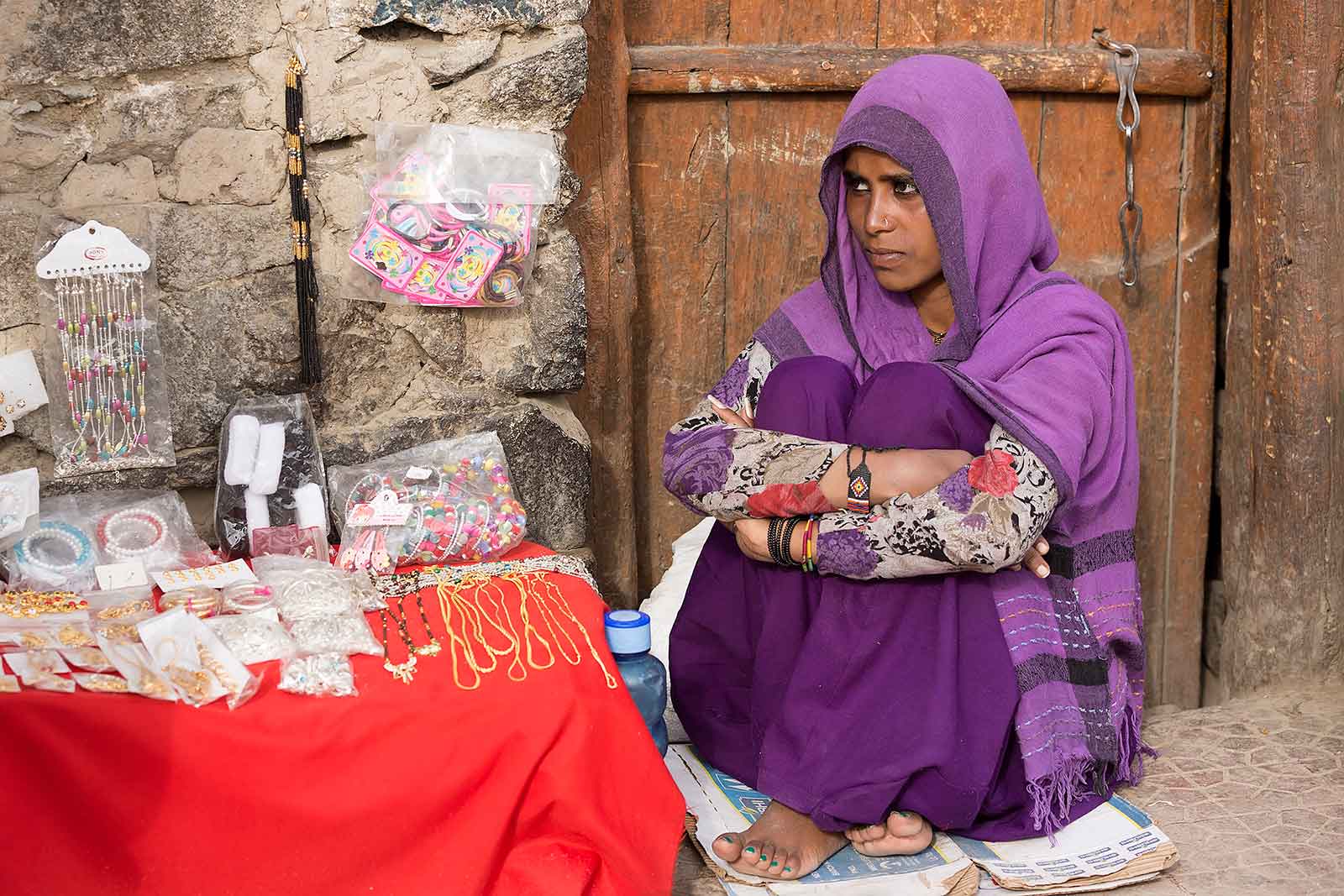
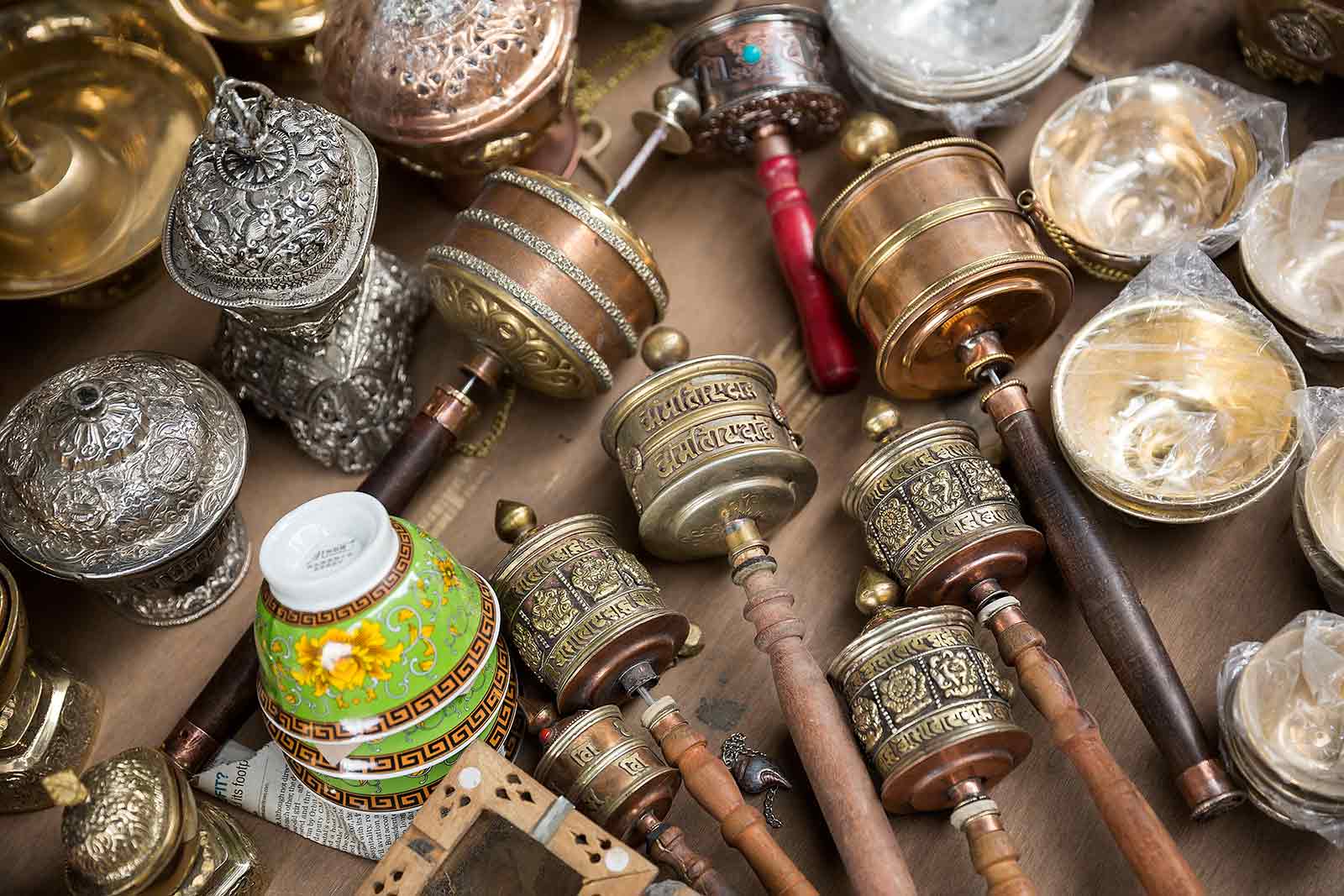
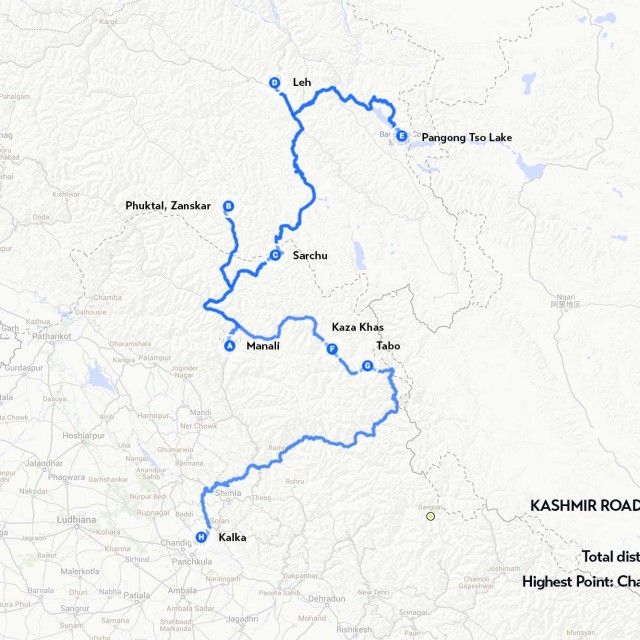
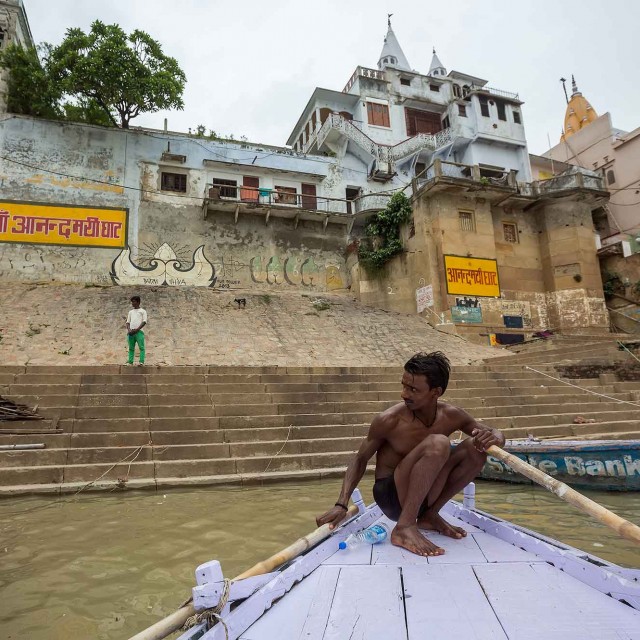
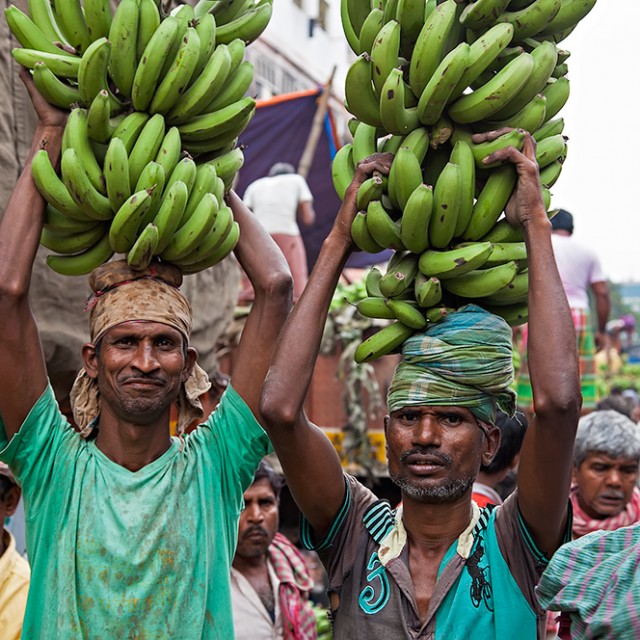
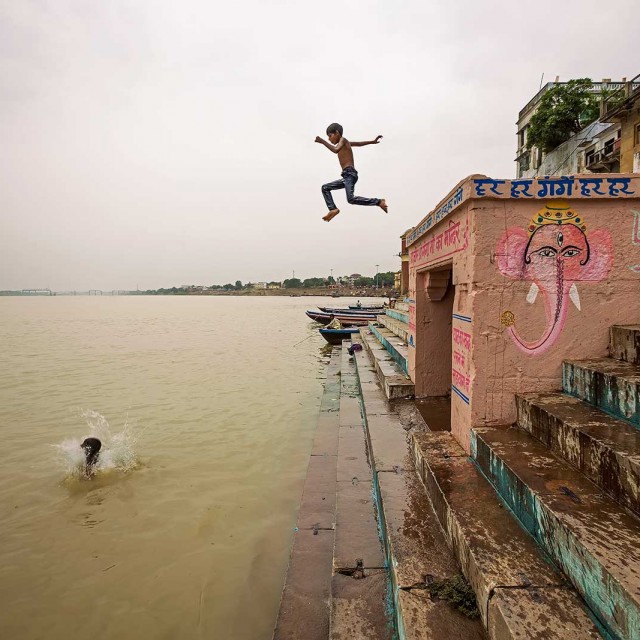
Join the Discussion
“Welcome To Little Tibet, Welcome To Ladakh, Welcome To Leh.”
Hi Nisa,
I must say that your images of Ladakh are really amazing. From Leh monastery to Jama Maszid, every image is beautiful.